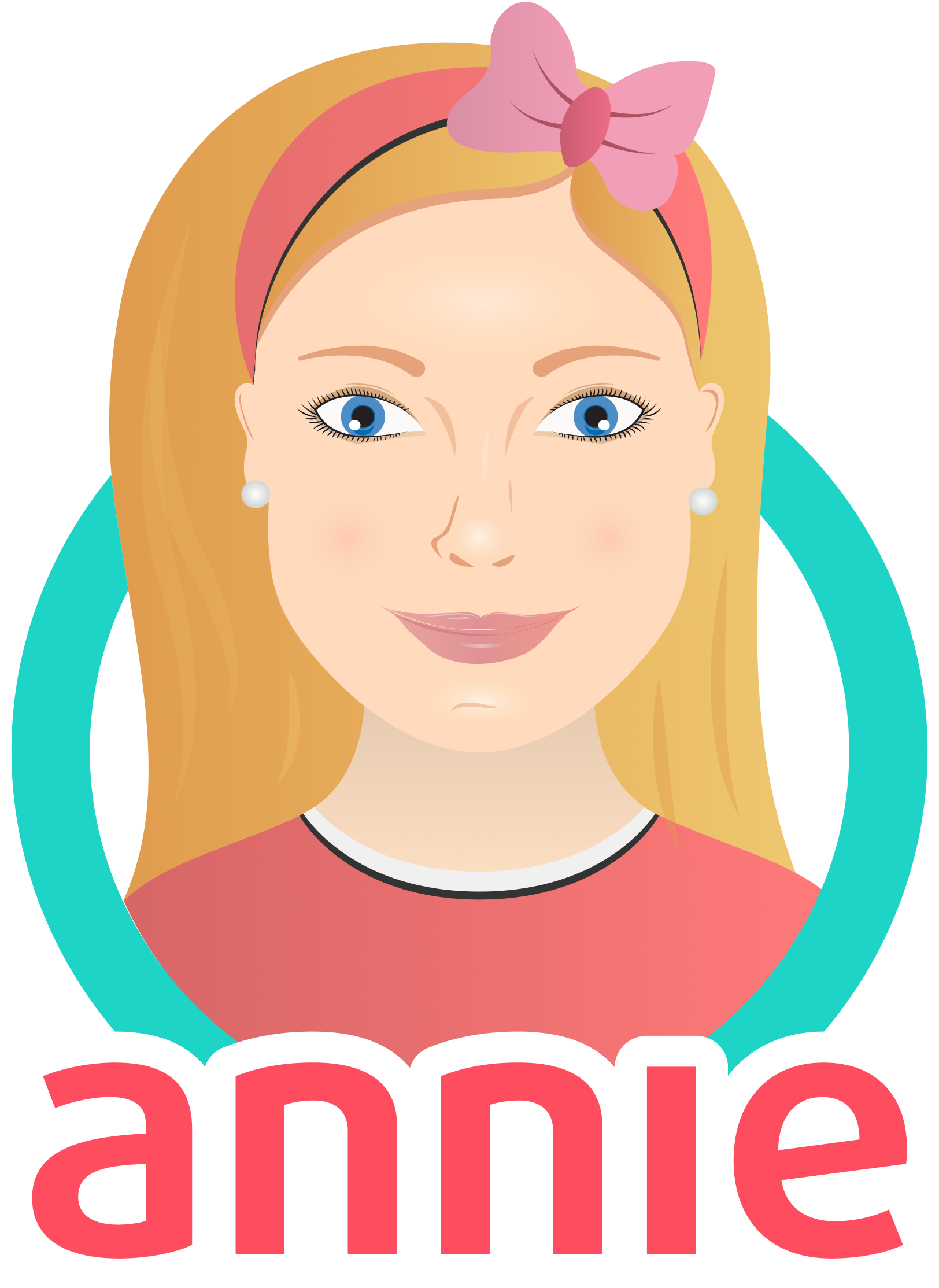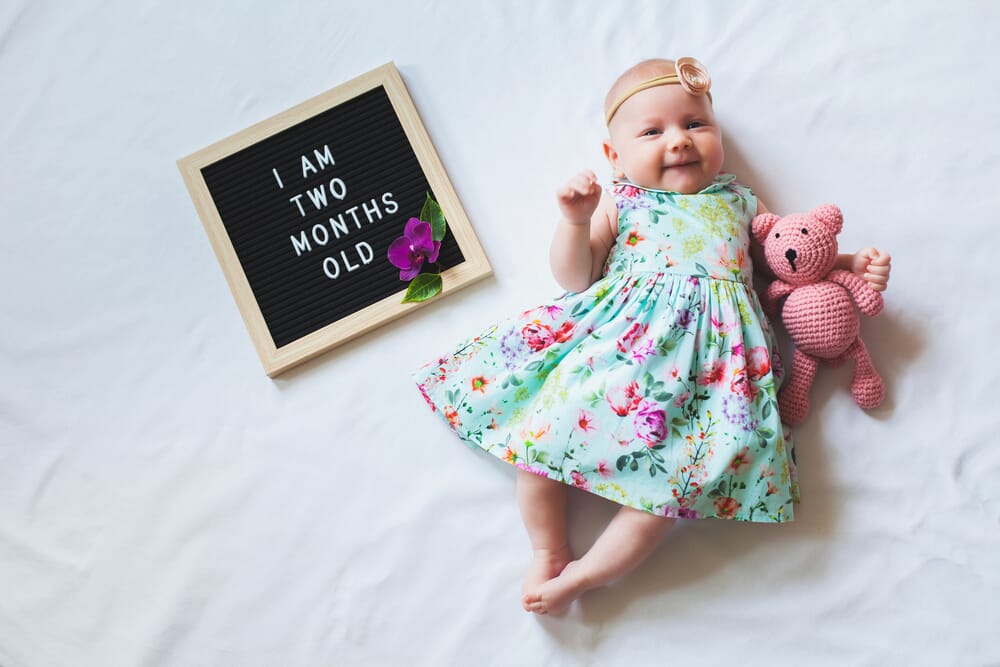
Baby’s Development – 2 Month Old Milestones
- Created:
11. 3. 2021 - Updated:
4. 10. 2023
In addition to details about the psychomotor development of a baby, our overview of what happens in the first 12 months of a young person’s life also offers a lot of ideas to teach the little miracle.
<< Back to 1st Month
Go to 3rd Month >>
Movement
- the child has limited control over the movements of the hands and feet
- keeps a small object for a while
- he can hold his head over the pad for a few seconds
- it controls the neck much better – it partially maintains the weight of the head
- gradually the individual reflexes disappear – Moro’s and gripping
Coordination
- the palms are usually open and the fingers are more flexible
- baby watching his fingers, playing with his hands
- he reaches for a small toy and tries to grab it
Speech
- when satisfied, he emits whirling sounds (resembling vowels) and hums
- he calms down and growls when someone takes him in his arms
- moves hes eyes and actively searches for the source of the sound – especially familiar sounds and voices
- he observes the gestures and speech of the people – sometimes it seems as if he is responding and having a dialogue with the speaker
- mood is expressed by hand and foot movements
Learning
- focuses the view more precisely and can follow the object with the eyes, even at short distances
- likes to listen to music and is soothed by background sounds (washing machine noise, car engine)
- shows in a special way enthusiasm for the activity he knows and knows will follow
- distinguishes people’s voices as well as tastes and smells
Social and Emotional Life
- can smile and can also return a smile
- enjoys the attention of others and can get it
- stays up much longer during the day and wakes up less often at night; exceptionally, the children already sleep all night
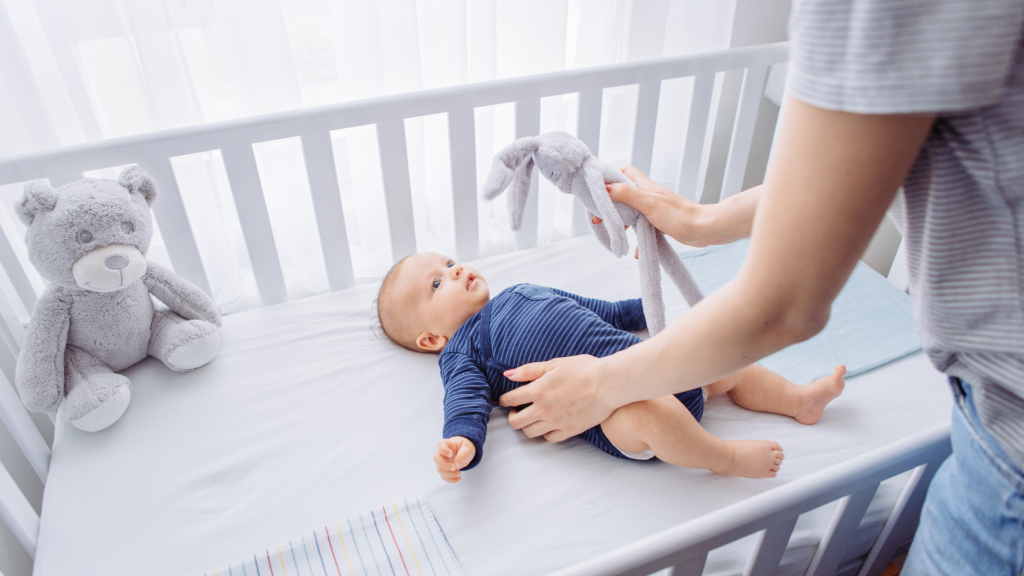
Tips for activities
It is very important for the child to learn to control the movements of the head with his will and to be able to keep it upright in all positions – on his back, on his abdomen, lying on his forearm, …
1. Turn the head to the toy
The baby lies on his back, we show him the toy and we move it over the child at a distance of about 40 cm from the face, so that he can watch it by moving his eyes and head to the right and left. We make sure that the child turns his head from the middle position – this means that if the child is in the habit of having the head turned to one side (eg to the right), we turn it to the center and lure him with a toy to turn it to the left. If the head is held to one side significantly more often, this is a reason to visit a physiotherapist.
2. Holding the head while walking
When carrying a baby, we support the head less and less. When he lies on his stomach over our forearms, we gradually extend the baby so that his head protrudes more and more over his forearm (in the 3rd month of life he can protrude completely). We make sure that the child does not tilt his head.
3. Grabbing objects in hands
We put various objects in the baby’s hands – a rattle, a string, a tube, plastic, paper, etc. We offer objects alternately in the right and left hand. It is necessary to give the baby an object so that he can easily grabb it, and remember that we practice gripping and dropping the object with the baby, not long-term holding.
4. Game with baby trapeze
We hang toys on the baby trapeze at a distance of about 15 cm above the child’s chest. For a start 1-2 colorful toys are enough, put there even those that make a sound when touched. Toys should be placed that the child “accidentally” touches toys that make a sound when they move spontaneously with their hands. This attracts attention and gradually the “random movements” become intentional – the child tries to grab the toy.
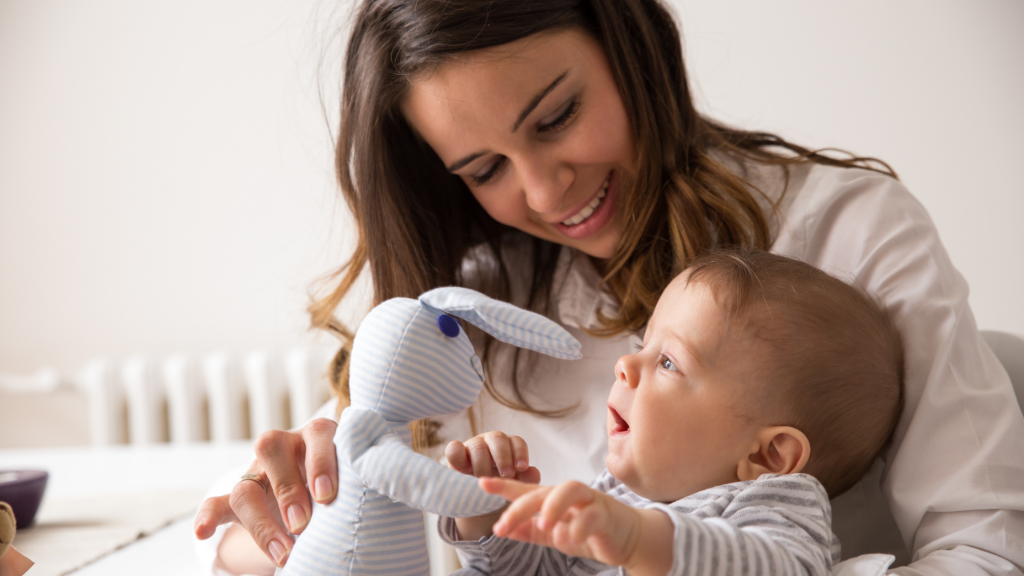
Developing The Senses
Vision
Sight is still evolving. Yellow spot (macula) is still immature, so it works mainly with peripheral vision. The macula ripens in the 3rd month of the baby’s life.
The main principles of developing a child’s vision:
a) We attract the child with colorful, shiny objects that move slightly, change or rhythmically appear and disappear.
b) The child’s interest increases if has the opportunity to participate in the change of the object, eg. by banging or turning.
c) When children learn to follow a moving object, it is important to be methodical and not to act chaotically: we slowly increase not only the speed of the object but also the range of motion.
d) We make sure that the child always has something to look at. Keep in mind that no object is interesting for a long time.
e) Sight develops in connection with other senses. The child must not only see but also hear, touch and taste.
f) The most interesting object is a person – therefore the child should often be in contact with other people.
Hearing
a) The child gradually learns to know the connection between what sees and hears.
b) With a known sound, the child should try to find and discover the source of the sound. Various hide-and-seek games can be used: when playing with a child, the mother hides to one side or the other and calls to them, ie. she entices him to turn to her. When Mom is “found”, she smiles, strokes him and after a while moves to the other side of the child and repeats the game.
As part of activities and games, we also provide the child with tactile and motor stimuli. We stroke him and touch his whole body not only with our hands but also with a diaper or other materials. An important principle applies when grasping a baby – we always move the baby slowly and gently. Sharp and fast movements are very unpleasant for the child and are stressful for them.
In addition to the physical development and development of the child’s skills, the foundations of emotional relationships and attitudes are formed at an early age. It is important that we associate the presence of the parent with pleasant feelings and stimuli, so very soon we will evoke a smile on the child’s face.
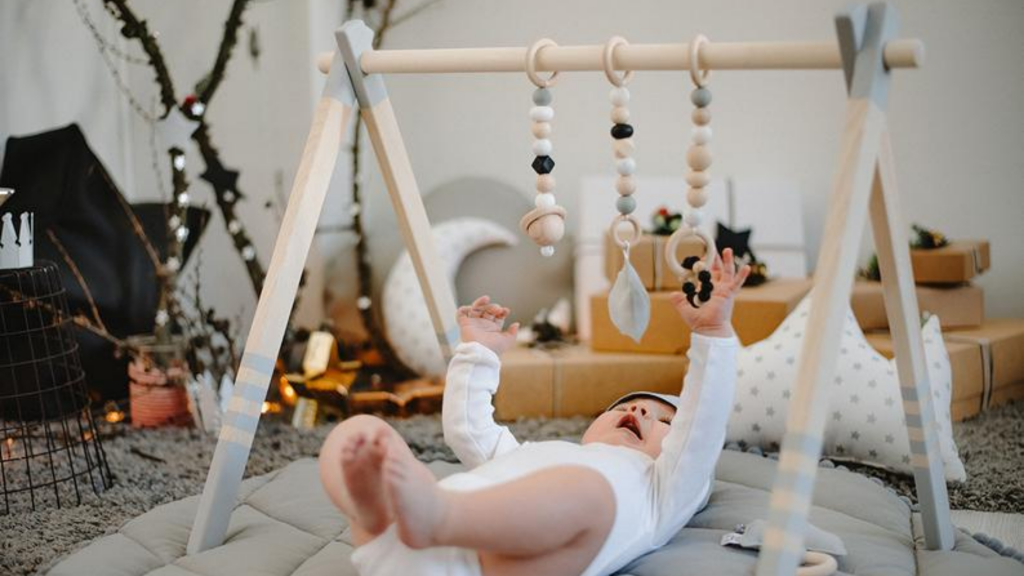
How to evoke a happy mood?
1.Take care of the basic biological needs of the child. The child should be full, slept, in adequate heat, dryness and in an environment without unpleasant disturbing stimuli.
2. The child should not be restricted in freedom of movement and expression. Long stay in the same position, eg. lying on back, in a tight space, inappropriate clothing that restricts the child – all this is often the cause of the child’s screams. Therefore, it is better to ensure a suitable ambient temperature and leave the baby naked more often so that has a sufficient feeling of freedom.
3. The child needs various stimuli to encourage activity. Boredom is the worst enemy of a child’s development. It leads to stereotypical behavior and self-stimulation. The child needs frequent changes.
4. Equally important for a child is the possibility of frequent encounters with an adult who can attend to him.
A two-month-old baby acts as if he knows he can shout for his mother’s attention. It is a simple understanding of the context – if a child is “rewarded” for each scream by being caressed by his mother and taken in arms, it teaches him that screaming is the means that leads to caressing and wearing on hands. The mother must learn to recognize when the child is screaming for a reason, when it is serious and it is necessary to intervene, and when it is just “enforcing”.
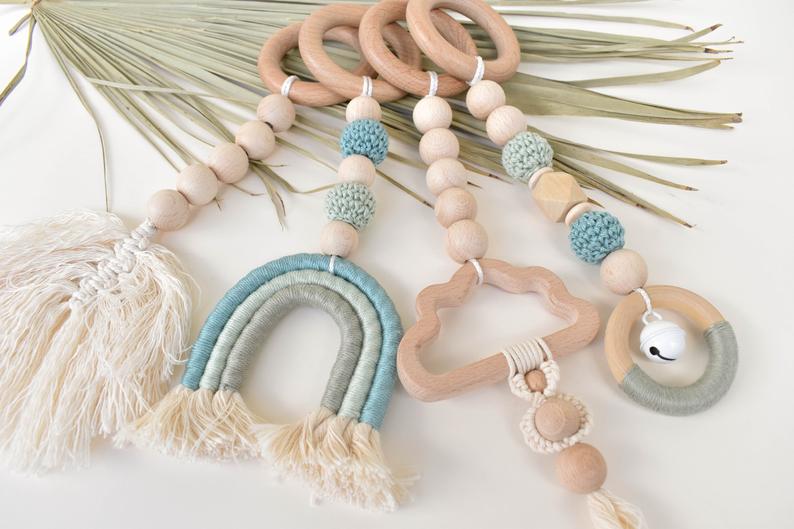
Toys suitable for 2 month old milestones:
- toy for baby trapeze
- brightly colored simple toys
- toys with sound
- household items suitable for gripping by baby
- other baby toys ideas
Final Tip: Cherishing 2-Month Milestones with Annie Baby Monitor
As your baby hits the remarkable 2-month milestone, capture your baby’s development journey with the help of Annie Baby Monitor.
This app is more than just a baby monitor; it’s a memory keeper.
From baby’s adorable gurgles to the increasing awareness of the world, Annie Baby Monitor lets you treasure these moments forever. Track these milestone videos and snapshots.
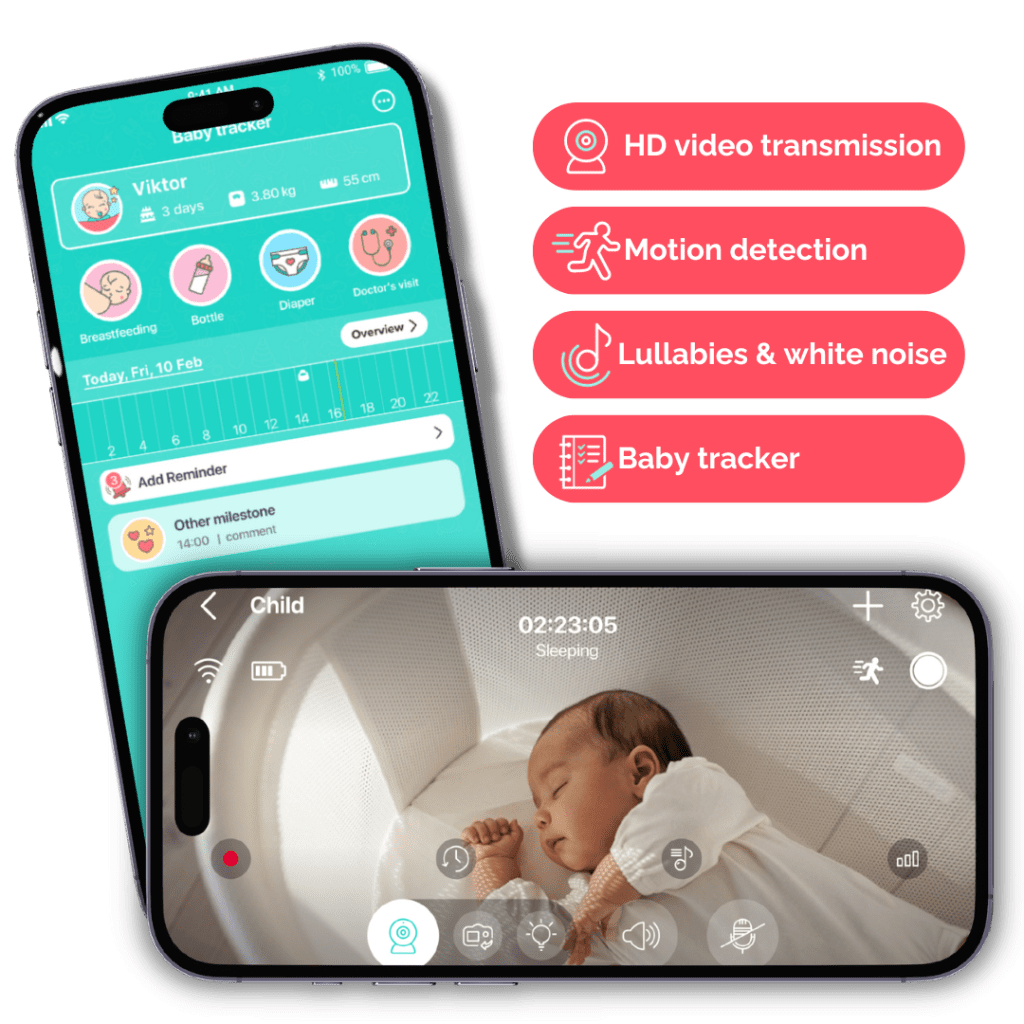
Interested in learning more about tracking your baby’s development and achieving important milestones? Explore our articles on how to make the most of Annie Baby Monitor.
Don’t miss the chance to create lasting memories. Get your Annie Baby Monitor.






















